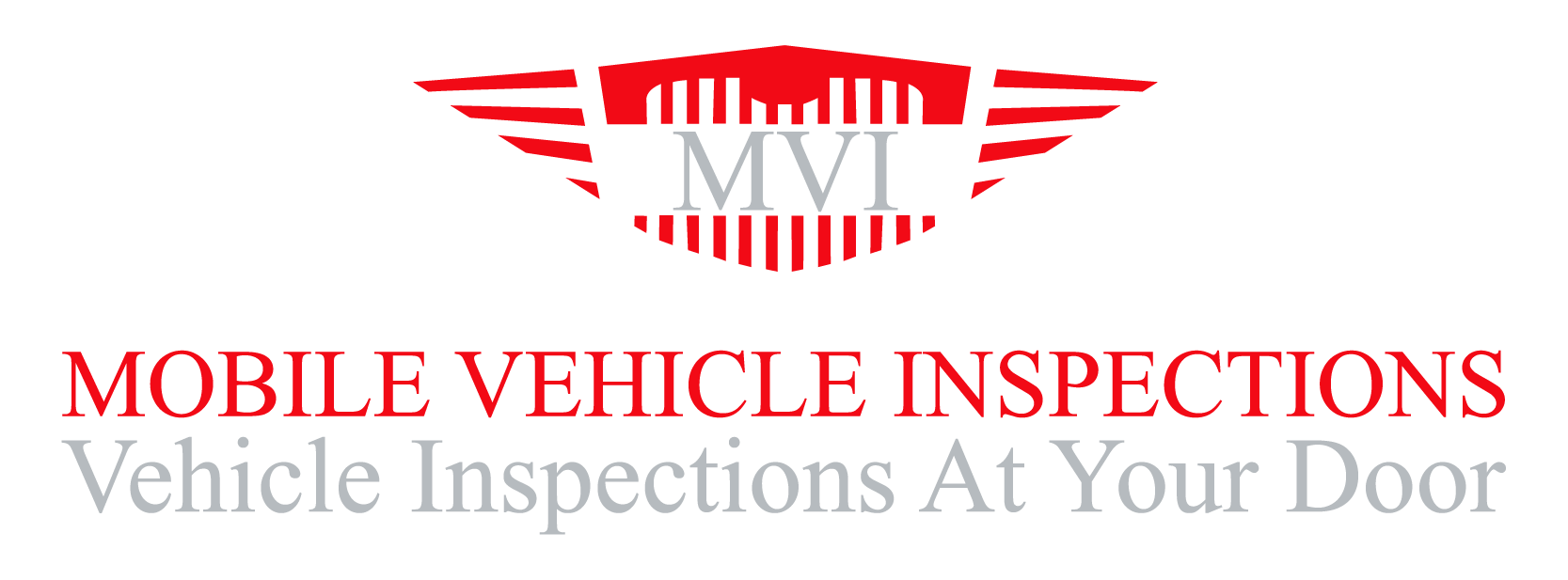Embarking on the journey to purchase a vehicle is both thrilling and potentially daunting. To make an informed decision and ensure your investment aligns with your expectations, a pre-purchase inspection (PPI) is an indispensable step. This guide demystifies pre-purchase inspections, empowering smart vehicle buyers with the knowledge needed to navigate this crucial aspect of the car-buying process.
Understanding the Purpose of a PPI
A pre-purchase inspection is a comprehensive evaluation of a vehicle’s condition conducted by a certified mechanic or inspection service before finalizing a purchase. The primary objective is to uncover any existing issues or potential concerns, providing buyers with a transparent view of the vehicle’s health.
Choosing a Reputable Inspection Service
Opting for a reputable inspection service is paramount. Research local inspection services or mechanics with a solid track record in conducting thorough and unbiased assessments. Seek recommendations, read reviews, and ensure the chosen service has experience with the specific make and model you’re interested in.
The Inspection Process
During a pre-purchase inspection, a certified mechanic assesses various aspects of the vehicle, including its engine, transmission, brakes, suspension, tires, and overall structural integrity. They may also inspect the vehicle’s history, looking for signs of previous accidents or major repairs. This holistic evaluation aims to unveil both apparent and potential issues that may impact the vehicle’s performance and safety.
Detailed Inspection Report
A reputable inspection service provides a detailed report outlining the findings of the inspection. This report includes information on the condition of major components, any observed issues, and recommendations for necessary repairs or maintenance. Armed with this report, buyers gain valuable insights into the true condition of the vehicle, enabling them to make informed decisions.
Transparency in the Buying Process
A pre-purchase inspection fosters transparency in the buying process. Sellers who willingly allow and facilitate an inspection demonstrate confidence in the vehicle’s condition. For buyers, this transparency builds trust and confidence, mitigating the risk of purchasing a vehicle with undisclosed issues.
Budgeting for Repairs
One of the key benefits of a pre-purchase inspection is that it allows buyers to anticipate and budget for potential repairs. The inspection report serves as a roadmap, guiding buyers on which issues need immediate attention and which can be addressed over time. This proactive approach helps buyers plan for the total cost of ownership beyond the initial purchase.
Negotiating Power
Armed with the insights from a pre-purchase inspection, buyers gain negotiating power. If the inspection reveals issues, buyers can use this information to negotiate a fair price or request that the seller address certain repairs before finalizing the deal. This negotiating leverage ensures that buyers are making a fair and informed investment.
Peace of Mind
Ultimately, a pre-purchase inspection provides peace of mind. Knowing the true condition of the vehicle allows buyers to proceed with confidence, reducing the likelihood of unexpected surprises post-purchase. It’s a proactive step that aligns with the principles of smart and informed vehicle buying.
In conclusion, demystifying pre-purchase inspections involves recognizing their purpose, choosing a reputable inspection service, understanding the inspection process, and leveraging the insights gained for a transparent and confident purchasing experience. By embracing pre-purchase inspections, smart vehicle buyers ensure that their investment aligns with their expectations and stands the test of time.
